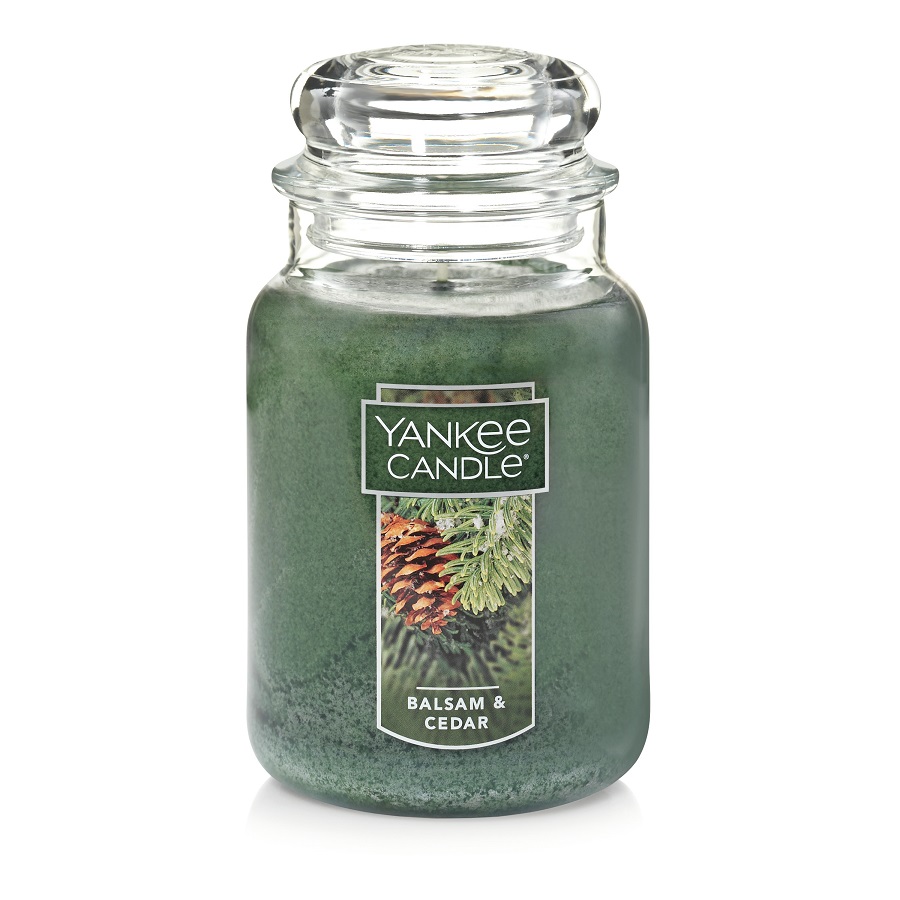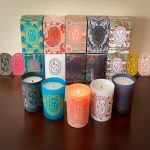Introduction to Yankee Candles Ingredients
The Use of Paraffin Wax
Yankee Candles often use paraffin wax in their products. This type of wax is a byproduct of petroleum refining. It’s popular in the candle industry for its ability to hold color and scent. However, there are concerns about whether burning paraffin wax releases harmful toxins.
The Role of Fragrance Oils
Fragrance oils give Yankee Candles their distinct scents. These oils are usually synthetic, designed to mimic natural aromas. While they provide a strong fragrance, some worry about the potential health effects these synthetic oils could have when inhaled.
Natural vs. Synthetic Components
Yankee Candles contain both natural and synthetic ingredients. Natural components may include beeswax or soy wax. Synthetic parts typically involve paraffin wax and fragrance oils. Understanding the difference is key to choosing candles that align with your lifestyle preferences.
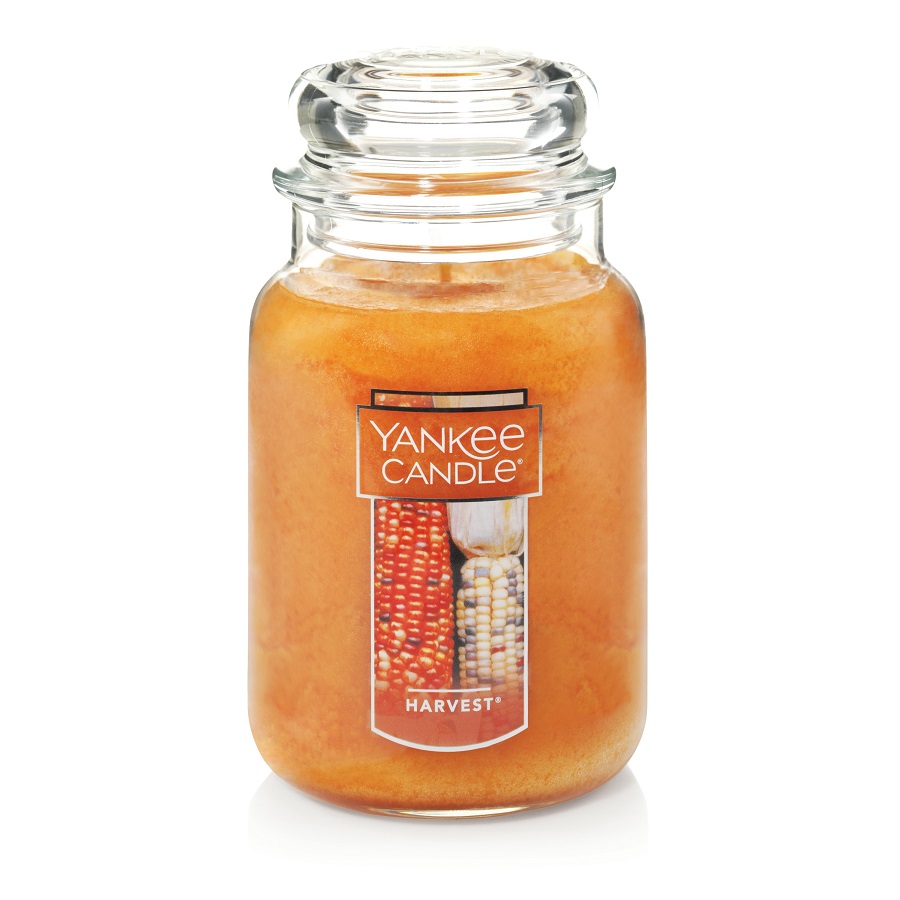
Addressing Common Concerns About Candle Toxins
When we light candles, we seek warmth and ambiance. Yet, some fear possible health risks. This section looks into the worries linked to candle toxins, especially in Yankee Candles.
Paraffin Wax and Potential Health Risks
Paraffin wax comes from refining oil. Some studies suggest it might release toxins when burned. These could include benzene or toluene, known to affect health if levels are high. For peace of mind, consider candles with natural waxes like soy or beeswax.
The Impact of Fragrance Oils on Health
Fragrance oils in Yankee Candles are often synthetic. They create strong scents we enjoy. However, they might have chemicals like phthalates that can impact health. It’s wise to seek candles with fragrances from natural sources like essential oils.
Understanding the Clean Candle Movement
The clean candle movement wants safer, more natural candles. Supporters look for candles made without paraffin wax. They prefer soy or beeswax and natural fragrances. The goal is to reduce exposure to potential toxins from candle smoke.
National Candle Association’s Stance
The National Candle Association (NCA) closely watches over candle safety and composition. The NCA has taken decisive steps to ensure that candle users enjoy their products without worrying about health risks.
The Shift Away from Lead Wicks
Lead wicks were common in candles decades ago. Concerns over health prompted a shift. The NCA members, including Yankee Candles, pledged to stop using lead wicks long before the 2003 ban. Now, all member-produced candles have wicks made of safer materials, like cotton.
The Safety of Current Candle Compositions
The NCA assures that candles made by its members are safe. They stand by the safety of paraffin wax, stating it is non-toxic when refined. Candles today are largely free from harmful substances that were worries in the past. The fragrances used are also under scrutiny. The NCA insists on safety, though they don’t typically involve natural essences. Consumers are encouraged to look for candles with fragrances that cause no harm.
Yankee Candles and Indoor Air Quality
Studies on Soot and Indoor Pollution
Research indicates concerns about indoor air pollution from burning candles, including Yankee Candles. One study from 1999 by the Environmental Protection Agency highlights that certain waxes, when burned, can produce soot that may contain harmful substances like benzene and toluene. These can affect air quality and health. While Yankee Candles are not singled out, the study notes scented candles may produce more soot than unscented ones.
Even though candle soot is not the same as industrial soot, it’s still vital to consider its effects. Soot particles can spread in your home and impact the air you breathe. As a result, it’s important to understand how candles contribute to indoor air pollution and take steps to minimize risks.
Tips for Reducing Candle Toxins at Home
There are several ways to reduce candle toxins and improve indoor air quality:
- Burn candles in well-ventilated areas to disperse particles more effectively.
- Trim the wick to 1/4 inch before lighting to minimize soot.
- Limit burning time to 2-3 hours to prevent excessive soot accumulation.
- Use candle warmers for scent without smoke.
- Select high-quality candles with natural waxes like soy or beeswax.
- Store candles in a cool, dry place to keep them clean.
By following these tips, you can enjoy Yankee Candles and other scented candles more safely at home.
Considerations for Pet Owners
As candle enthusiasts, we also have to think about our furry friends at home. Pets can be more sensitive to scents and chemicals than humans, so it’s crucial we take their health into account when burning candles. Let’s dive into the specifics regarding the potential impact of candles on cats and dogs.
Toxicity Concerns for Cats and Dogs
Many pet owners love the ambiance that Yankee Candles provide, but are they safe for our pets? Research and anecdotes suggest caution. Our cherished cats and dogs have smaller lungs and may be at higher risk when exposed to candle fumes.
For cats, certain essential oils and fragrance ingredients can be harmful if they inhale them. Dogs, conversely, may experience health issues like respiratory problems or skin irritation from the chemicals released by burning candles. It merits mentioning that paraffin wax, often used in Yankee Candles, can emit chemicals linked to adverse health effects in both humans and pets when burned.
It’s important to be mindful and possibly opt for candles with fewer chemicals and natural waxes. Keep candles out of pets’ reach, and ensure rooms are well-ventilated when candles are lit. If any signs of distress are noted in pets, it would be wise to discontinue use immediately and consult a veterinarian.
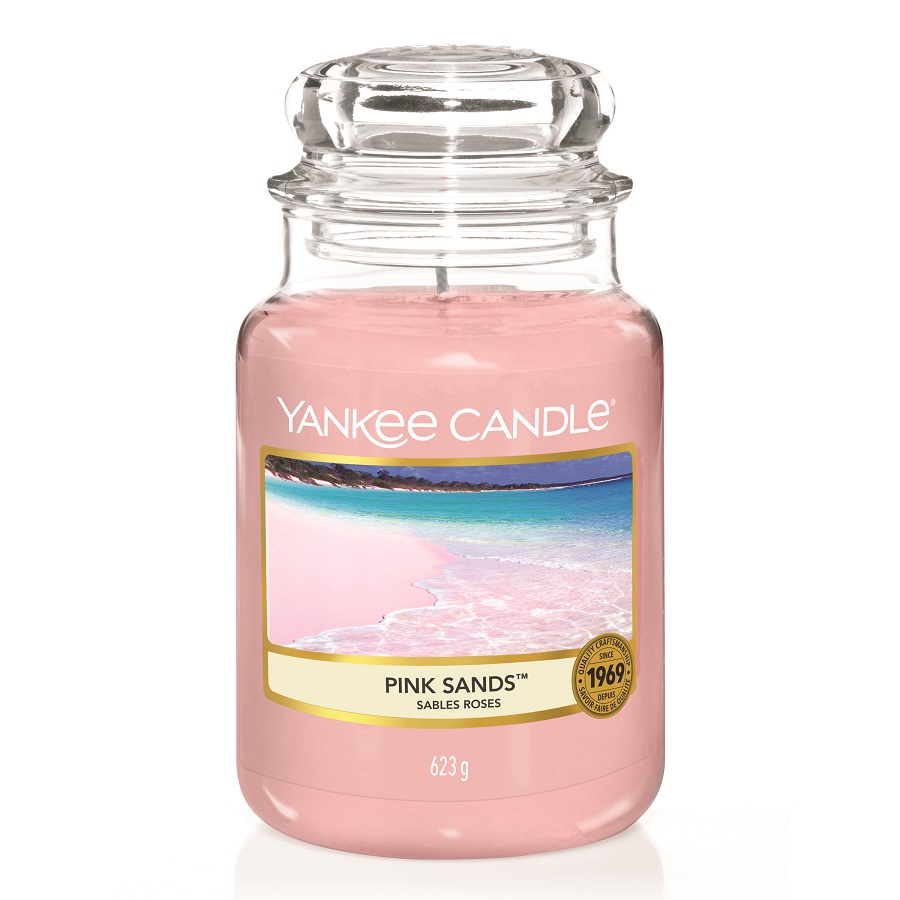
Seeking Safer Alternatives
Consumers seeking safer candle alternatives often turn to soy and beeswax candles. These candles burn cleaner and emit fewer toxins compared to paraffin wax candles. They are renewable, biodegradable, and support sustainable agriculture. Soy candles come from soybean oil, while beeswax candles are made from the natural byproduct of honeybees. Both options offer a more eco-friendly and potentially healthier choice for candle users concerned about indoor air quality.
The Rise of Soy and Beeswax Candles
The demand for soy and beeswax candles has grown as awareness of potential health risks associated with paraffin candles has increased. These natural alternatives provide the same warmth and ambiance without the health concerns tied to synthetic materials. Soy candles tend to burn longer and cooler, releasing less soot and making them a favorite for indoor use. Beeswax candles are known for their natural, sweet fragrance and air-purifying properties, emitting negative ions that help reduce pollutants in the air.
Evaluating the ‘Cleanest’ Candle Options
To find the ‘cleanest’ candles, look for products with clear ingredient lists. Opt for candles that use natural waxes, cotton or wood wicks, and fragrances derived from essential oils. Avoid candles with vague descriptions like ‘fragrance’ as they may contain synthetic chemicals. Ensure candles are dye-free as colored candles can contain additional chemicals. By choosing candles with fewer additives, you can enjoy their benefits with minimal health risks. Remember to burn candles in a well-ventilated area and trim the wick regularly to further reduce soot production.
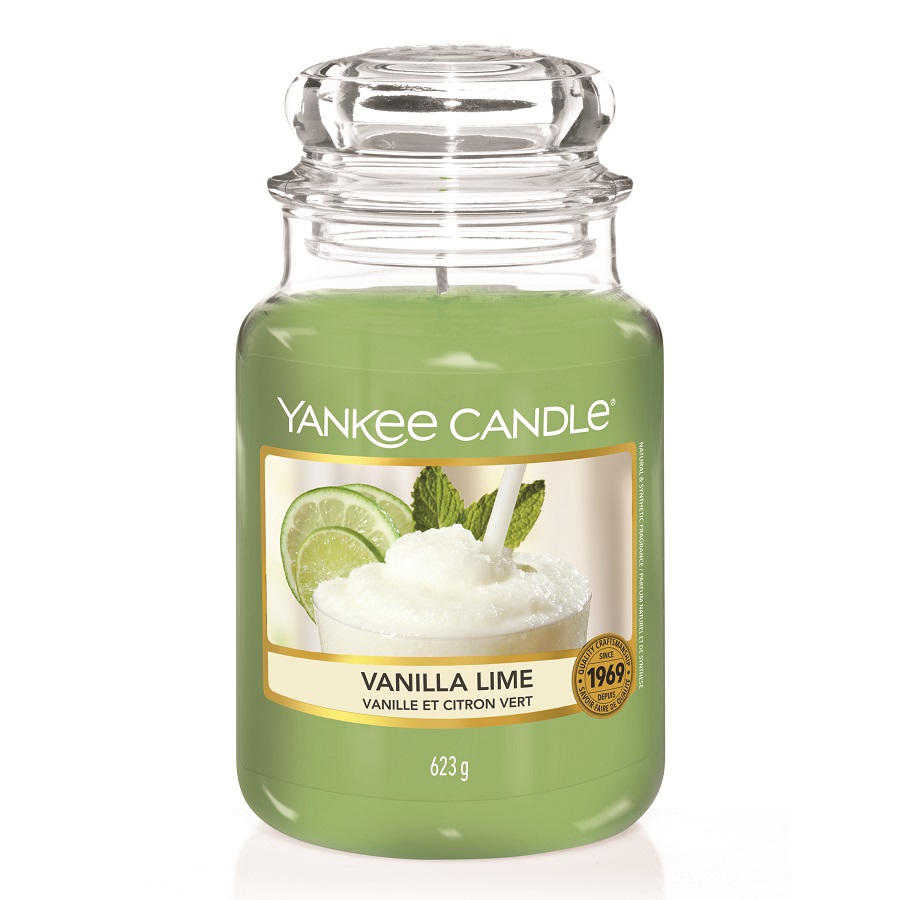
Making an Informed Choice as a Consumer
When choosing candles, it’s important to consider both candle composition and personal scent preferences. Understanding the ingredients and how they affect health and the environment can help you decide on the type of candle that aligns with your values and desires.
Deciding on Candle Composition and Scent Preferences
Investigate wax types and pick one that suits you. Paraffin, soy, and beeswax are common choices. Consider health impacts and environmental concerns. Selecting fragrances comes next. Opt for natural essences if you’re worried about synthetic oils. Remember, strong scents may come from chemicals. Choose what feels right for you and fits your ethical standards.
How to Identify Natural vs. Non-Natural Candles
Check the label for clues. Look for mentions of ‘natural wax’ like soy or beeswax. Keep an eye out for ‘essential oils’ rather than ‘fragrance oils.’ Avoid vague terms like ‘fragrance’ which could mean synthetic. Natural candles tend to have simpler ingredient lists. Take your time, read labels carefully, and research brands for transparency and safety standards.
